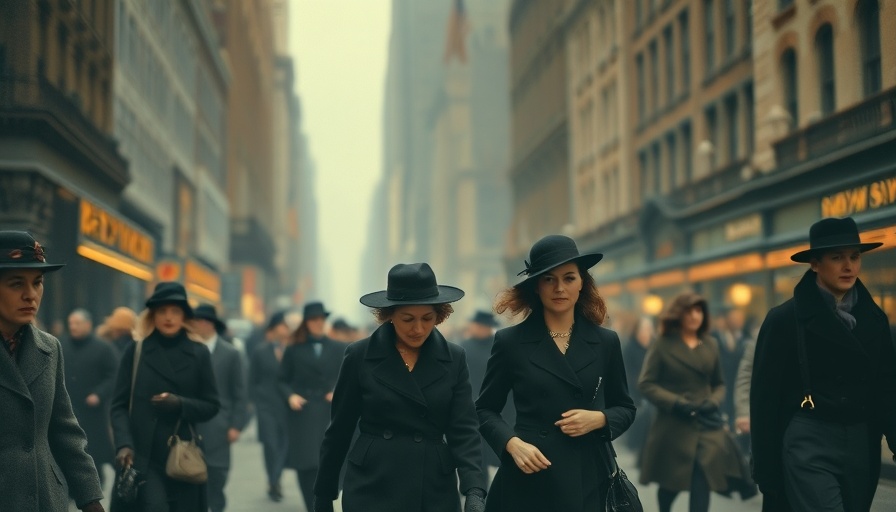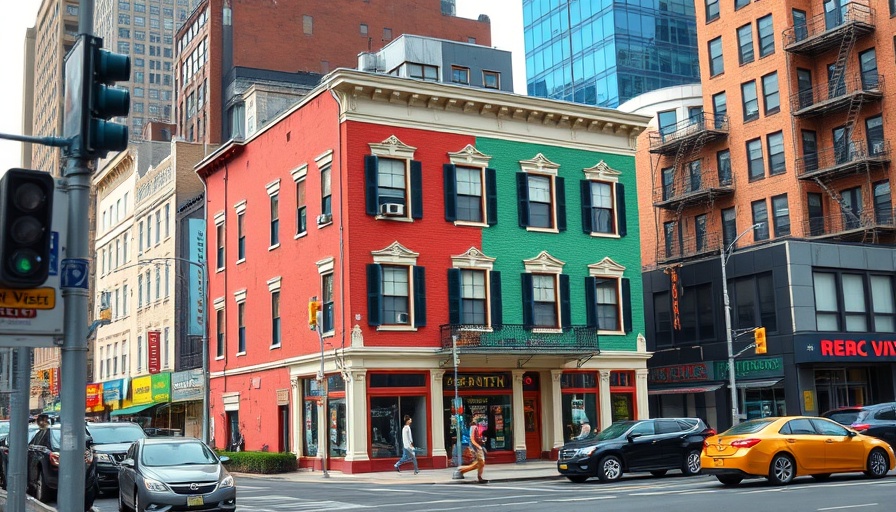
The Rise of Shop Girls in Early 20th Century New York
At the turn of the 20th century, New York City witnessed the emergence of a vibrant archetype—the shop girl. A collective force in the city’s booming economy, these young women were not just sales clerks; they represented an era of newfound independence and urban energy. As noted by art historian Susan Johnson, the painting by William Glackens portrays shop girls not merely as workers, but as vibrant members of society, active and independent, marking their territory on the bustling city streets.
Empowerment through Retail: A New Era for Women
Women’s employment in the retail sector surged during this period. The number of female sales clerks skyrocketed from roughly 8,000 in 1880 to over 58,000 by 1890. With department stores, such as Lord & Taylor, rising in prominence, women not only contributed to the commercial heartbeat of the city but also redefined social norms. A post on Women & the American Story highlights this shift, stating that female employees outnumbered their male counterparts by the early 1900s. The shop girl's unique position was central to the consumer culture that drove New York's economy and social scene.
A Visual Representation of a Cultural Shift
The depiction of shop girls in popular media—from books and theater to early films—echoes their significant role in the cultural landscape. The kinetic energy captured by Glackens illustrates their spirited camaraderie as they navigate city life, showcasing their individuality amid collective movement. They are not just a backdrop; they are the icons of a cultural revolution, reflecting women’s burgeoning independence and pursuit of self-expression.
Connecting the Past with the Present
Today’s retail environment may look different, but it shares a legacy deep-rooted in the experiences of these early shop girls. The modern counterparts are still navigating a male-dominated workspace while bringing their unique flavor to the marketplace. Reflecting on this legacy, one can see that the shop girl is more than a nostalgic figure; she symbolizes an ongoing quest for equality and recognition within the professional realm that resonates with contemporary narratives.
 Add Row
Add Row  Add Element
Add Element 



 Add Row
Add Row  Add
Add 
Write A Comment